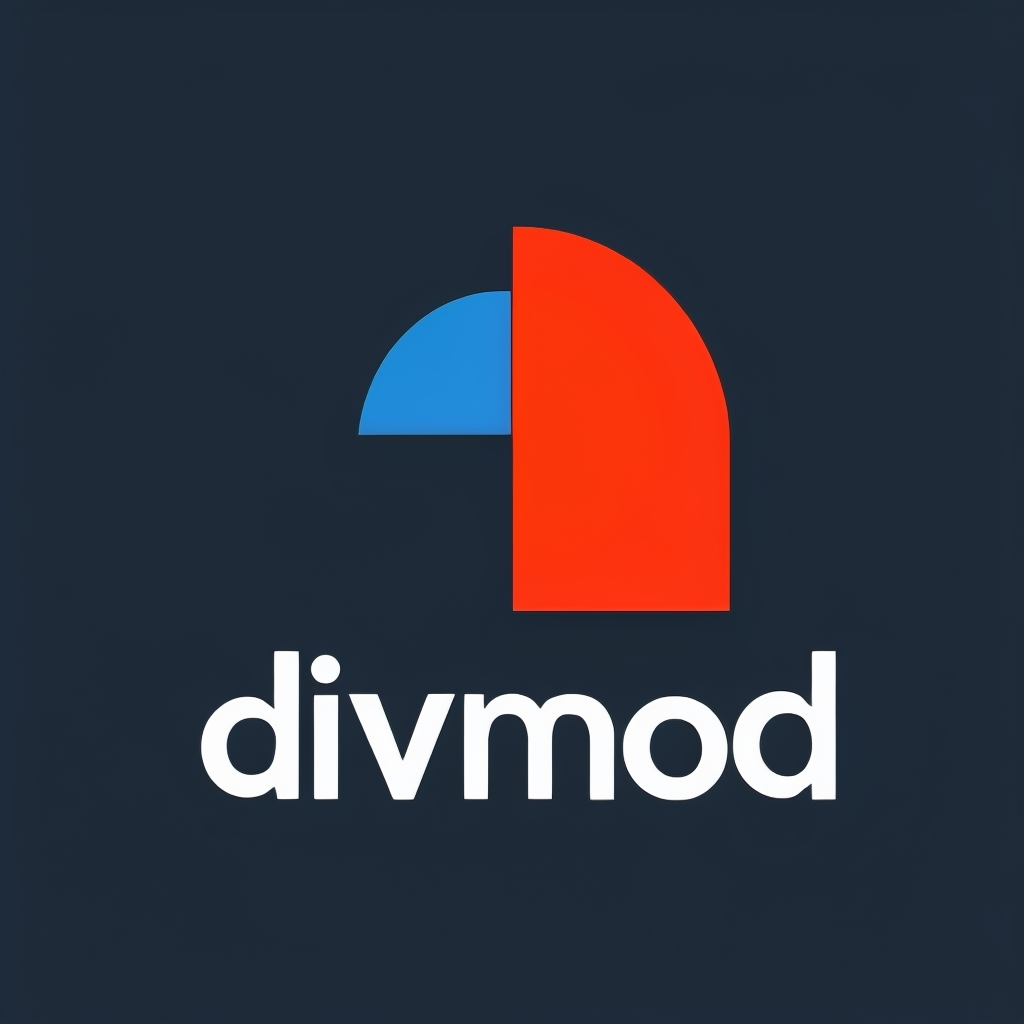Product Lifecycle Management (PLM) software centralizes product data and streamlines collaboration across departments, eliminating costly errors and duplicated efforts. By managing everything from design to retirement, PLM tools accelerate development cycles and improve product quality. Choosing the right platform can transform complex workflows into efficient, scalable processes that directly boost business growth and competitiveness in fast-paced markets.
Understanding Product Lifecycle Management Software and Its Business Value
Learn more about this topic. PLM software manages a product’s entire lifecycle—ranging from design and development to manufacturing, distribution, and retirement. Its core functions include version control, change management, and data centralization, ensuring teams across engineering, design, and supply chain collaborate smoothly.
This might interest you : Transform your workflow with innovative notion templates
Strategically, PLM accelerates time to market, reduces costs, and promotes cross-functional cooperation. By providing a single source of truth, organizations can avoid duplication, incorrect versions, and missed updates, streamlining workflows and supporting rapid product iterations.
Main benefits include enhanced efficiency through centralized data, improved quality assurance, and regulatory compliance management. These tools also enable real-time analytics, risk management, and sustainability practices. Modern PLM solutions incorporate AI, cloud-based services, and digital twin technology, leading to faster development cycles and operational savings.
Topic to read : Discover top-notch notion templates to enhance your workflow
Choosing the right PLM depends on factors like usability, integration with CAD and ERP systems, scalability, and security. As the market advances, agile and automated lifecycle management becomes vital, cultivated through effective training and strategic implementation.
Key Features and Functionalities of Leading PLM Solutions
Comprehensive Product Data and Document Management
PLM software features enable companies to maintain a single source of truth. This is vital for product data management, ensuring that every team works with the latest, accurate details—from CAD files to specifications and compliance records. Effective PLM software features facilitate robust version control in product design, minimizing the risk of errors and repeated work. Lifecycle traceability is enhanced through detailed histories of changes, supporting regulatory compliance tracking and audit readiness for every product iteration.
Integration Capabilities with CAD, ERP, and Supply Chain Systems
Top PLM software features include seamless integration with CAD, ERP, and supply chain coordination platforms. Real-time synchronization with these tools not only improves product data management but also supports manufacturing process optimization. Integration of PLM with ERP facilitates holistic oversight, allowing for more efficient inventory management links and lifecycle cost analysis.
Workflow Automation, Version Control, and Collaboration Tools
Workflow automation in development is a cornerstone of modern PLM software features. Tools within these platforms automate routine tasks, standardize approval processes, and enforce lifecycle process standardization. Advanced version control in product design ensures that teams access and update only the most current product lifecycle documentation. Software for product design collaboration encourages multi-department collaboration, supports agile lifecycle management methods, and underpins cross-functional team management for smoother product development lifecycle automation.
Industry Applications and Use Cases for Effective Product Lifecycle Management
Automotive, Electronics, and Fashion Retail: Tailored PLM Deployment
Best PLM solutions offer industry-specific tools for manufacturers, retailers, and electronics firms managing rapid product cycles. For the automotive sector, PLM software features such as real-time product analytics and version control in product design are essential. Electronics businesses rely on PLM software integration with CAD systems and supply chain coordination platforms to streamline design iterations and manage compliance. Fashion retail requires agile lifecycle management methods—with custom workflow management and multi-department collaboration—to track seasonal changes and supplier input, supporting both inventory management links to PLM and product launch management.
Enhancing Product Development Cycles with Digital Twins and IoT Integration
Product development lifecycle automation benefits greatly from PLM and digital twin technology, which simulate real-world performance and support lifecycle risk management. IoT in product lifecycle processes supplies manufacturers with real-time data, enabling faster defect tracking in product lifecycle scenarios. The best PLM solutions use workflow automation in development to shorten time-to-market for new products and to coordinate feedback from connected devices, strengthening lifecycle collaboration software reviews.
Managing Compliance and Quality in Regulated Industries
Regulated industries depend on regulatory compliance tracking within PLM for audit-ready documentation and product quality lifecycle reporting. Features such as cloud-based PLM software, product data management, and quality assurance integration enable consistent lifecycle traceability and ensure compliance with evolving standards—reducing risk, supporting product data visualization tools, and enabling lifecycle milestone tracking.
Comparative Analysis of Top PLM Software Providers and Implementation Strategies
Evaluation Criteria: Usability, Scalability, and Customization Options
PLM software comparison begins with an assessment of usability, scalability, and PLM customization options. User-friendly lifecycle systems must streamline workflow automation in development and promote cross-functional team management. Scalability determines whether enterprise PLM deployment supports not only large corporations but also facilitates PLM for small businesses. When selecting open source lifecycle management tools, attention must be given to integration with CAD systems, regulatory compliance tracking, and real-time product analytics. Custom workflow management and product portfolio management are prioritized to enable adaptive processes as business needs shift.
Case Studies: Successful Adoption in Large and Small Businesses
Successful enterprise PLM deployment demonstrates the tangible product lifecycle management benefits: reduced time to market, improved product compliance management, and increased efficiency through product data management best practices. Large organizations achieve robust lifecycle traceability and defect tracking in product lifecycle via collaborative design platforms and supply chain coordination platforms, while small firms leverage cloud-based PLM software and on-premises PLM solutions for cost reduction through PLM and agile lifecycle management methods.
Challenges and Best Practices for Implementing PLM Systems
Adoption is frequently hindered by PLM implementation challenges, including data security for PLM and resistance to change. Best practices emphasize investing in training resources, thorough product lifecycle documentation, and lifecycle feedback loops. PLM software features supporting quality assurance integration and version control in product design achieve lifecycle software performance metrics that align with evolving organizational goals and industry-specific requirements.
Product Lifecycle Management Benefits and Core PLM Software Features
Product lifecycle management benefits start with increased cross-functional team management and workflow automation in development. PLM software centralizes data, supporting multi-department collaboration and preventing version control issues, duplication, and missed updates. These systems streamline complex processes for engineering, supply chain, and design—delivering consistent product data management and ensuring lifecycle traceability at every project stage.
Modern best PLM solutions provide robust regulatory compliance tracking and integration of PLM with ERP and CAD systems. This allows for real-time product analytics, digital twin support, and seamless product lifecycle documentation. Features like lifecycle traceability, defect tracking in product lifecycle, and quality assurance integration guide teams from ideation to market launch. For manufacturers, PLM software excels in manufacturing process optimization by automating product development lifecycle tasks, inventory management, and product compliance management.
A key advantage of product lifecycle management benefits is faster time to market. PLM software features such as product launch management, product innovation management, and agile lifecycle management methods help teams adapt rapidly. Cloud-based PLM software and on-premises PLM solutions offer scalability, custom workflow management, and mobile access to PLM systems, empowering organizations of all sizes.
Ultimately, the best PLM solutions drive efficiency, minimize risks, and enforce industry standards, powering agile product lifecycle best practices and supporting product lifecycle sustainability through every phase.




